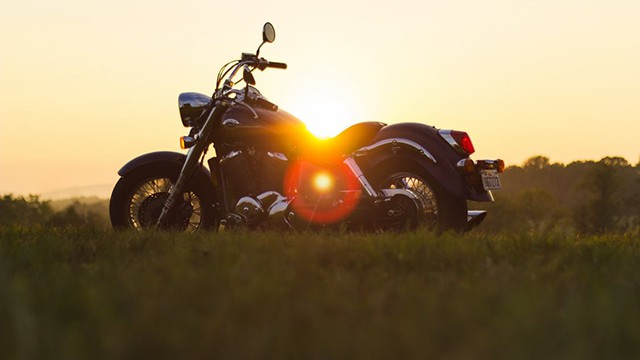Why Saturdays in July are on the Halton Police Radar
Published June 28, 2017 at 7:22 pm

‘Weekend warriors’ are being warned to watch out when they’re riding their motorcycles in Oakville, Burlington, Milton, and Halton Hills this summer.
‘Weekend warriors’ are being warned to watch out when they’re riding their motorcycles in Oakville, Burlington, Milton, and Halton Hills this summer.
“I think the most important thing to get across is the whole idea of your typical Saturday in July: clear conditions, dry roads, daylight hours,” said Halton police traffic services Sgt. Ryan Snow.
“That is, in fact, when a motorcycle operator faces the greatest amount of risk.”
There were 153 motorcycle crashes across Halton in 2015 and 2016, according to police.
Sixty per cent of collisions involved other motorists, while 21 per cent took place on Saturdays in July.
The overwhelming majority of the time – 93 per cent – were in clear conditions.
But 87 per cent of fatal and life-altering injuries were due to motorcycle operator error.
“You know, we’re all kind of creatures of habit here,” Snow said.
“Enjoying your time out on your motorcycle, you know, you’re kind of zippin’ through the bend, you’re having a good time – that’s what motorcycles are all about – but that is when you’re generally going to get yourself in trouble.”
Going too fast, riding outside of your experience and/or ability, and hitting rocks or debris in a turn — akin to “riding on marbles” are potential problems riders can face.
“You’ve really got to recognize the limits to your ability,” Snow said.
Given the climate in southern Ontario, many bikers may only ride in June, July and August — which means getting 10 to 12 hours of road time per year, if that, Snow pointed out.
“So you don’t really have a lot of tools in your toolbox to draw on,” he said.
That even crosses over into policing.
Unlike M1 licence holders, police motorcycle operators have to re-qualify annually and “we actually do have officers that fail,” said Snow, because they don’t ride on their own time.
He suggests taking your bike to an empty parking lot and practicing figure eights or otherwise familiarizing yourself and shaking off the rust before heading out for a spin.
A motorcyclist going 120 km/h crosses 33 metres of pavement each second, according to Snow.
Police generally see a spike in crashes in rural areas, such as 15 Side Road, where there are two quick 90 degree turns on either side of Fifth Line.
“You’ve got to be travelling at the speed at which you can see these turns come up,” and properly slow down, said Snow.
“You don’t know what’s coming up around that blind corner up ahead. Is there going to be a car that’s maybe going to swerve around the line a bit?”
Speed limits were reduced to 70 km/h from 80 km/h in certain parts of Milton and Halton Hills last year to tackle the issue. Additional yellow signage reminding to motorcyclists to slow down have also been posted.
Eighty per cent of collisions in Halton during the same timeframe took place before dark.
insauga's Editorial Standards and Policies advertising





